Cleaning vs. Sanitizing vs. Disinfecting
In our increasingly health-conscious world, understanding the difference between cleaning, sanitizing, and disinfecting is crucial. Many people use these terms interchangeably, but they each serve distinct purposes. Knowing when and how to utilize each process can make your home or workplace not only cleaner but also safer. This blog post will clear up the confusion, explain the unique benefits of each method, and provide practical tips for effectively implementing these cleaning routines.
Before diving into the specifics, it’s essential to understand the basic definitions of cleaning, sanitizing, and disinfecting. Cleaning refers to the removal of dirt, dust, and impurities from surfaces. This process works mainly by using soap (or detergent) and water to physically remove germs from surfaces. While cleaning does not necessarily kill germs, it lowers their numbers and the risk of spreading infection.
Sanitizing reduces the number of germs on surfaces or objects to a safe level, as judged by public health standards or requirements. This process is often used in food service environments and aims to reduce, rather than eliminate, microorganisms to prevent the spread of diseases.
Disinfecting, on the other hand, uses chemicals to kill germs on surfaces. It is more potent than sanitizing and is recommended for areas that come into contact with potentially harmful bacteria and viruses. Disinfection can drastically reduce the risk of infection, particularly in high-touch areas.
Cleaning: The First Line of Defense
Cleaning is your first line of defense against the buildup of dirt and germs. Regular cleaning can make disinfection more effective by removing surface dirt that can inhibit the action of disinfectants. Use mild cleaners for daily maintenance. For example, wiping kitchen counters with soap and water can help to reduce germs and remove grime.
Sanitizing: Safety in Numbers
Sanitizing is typically used in scenarios where the reduction of germs to a safe level is sufficient. It is common in kitchens and food preparation areas. For example, using a sanitizing wipe on your kitchen counter after preparing raw chicken can reduce the number of bacteria to a level that is considered safe by health standards.
Disinfecting: A Deeper Clean
Disinfecting is essential in areas where germs are likely to spread illness and where high-touch surfaces are common, such as bathrooms, door handles, and shared electronic devices. Hospital settings and households with sick individuals should adopt routine disinfection protocols to prevent the spread of diseases. Use EPA-approved disinfectants for effective results.
Practical Applications or Tips
Implementing Cleaning Routines
Use microfiber cloths for cleaning surfaces as they can trap dust and dirt more effectively.
Create a regular cleaning schedule, focusing on high-traffic areas like kitchens and bathrooms.
Effective Sanitizing Practices
Always read labels; ensure the product is intended for sanitizing.
Food-contact surfaces should be sanitized regularly, especially after handling raw food.
Disinfecting for Health
Use disinfecting sprays or wipes on high-touch surfaces daily.
Allow the disinfectant to sit for the recommended contact time to ensure effectiveness.
Understanding the differences between cleaning, sanitizing, and disinfecting can significantly impact your living or working environment's health and safety. Cleaning removes dirt and lowers germ numbers, sanitizing reduces germs to safer levels, and disinfecting kills them to prevent illness. By adopting appropriate practices for each, you can create a safer and healthier space. Take the first step by reviewing your current cleaning routine and implementing the appropriate measures where needed. Implementing these strategies will help maintain a hygienic environment and contribute to overall health and well-being. For more detailed tips and products designed to make your cleaning routine more effective, feel free to explore other articles on our blog.





